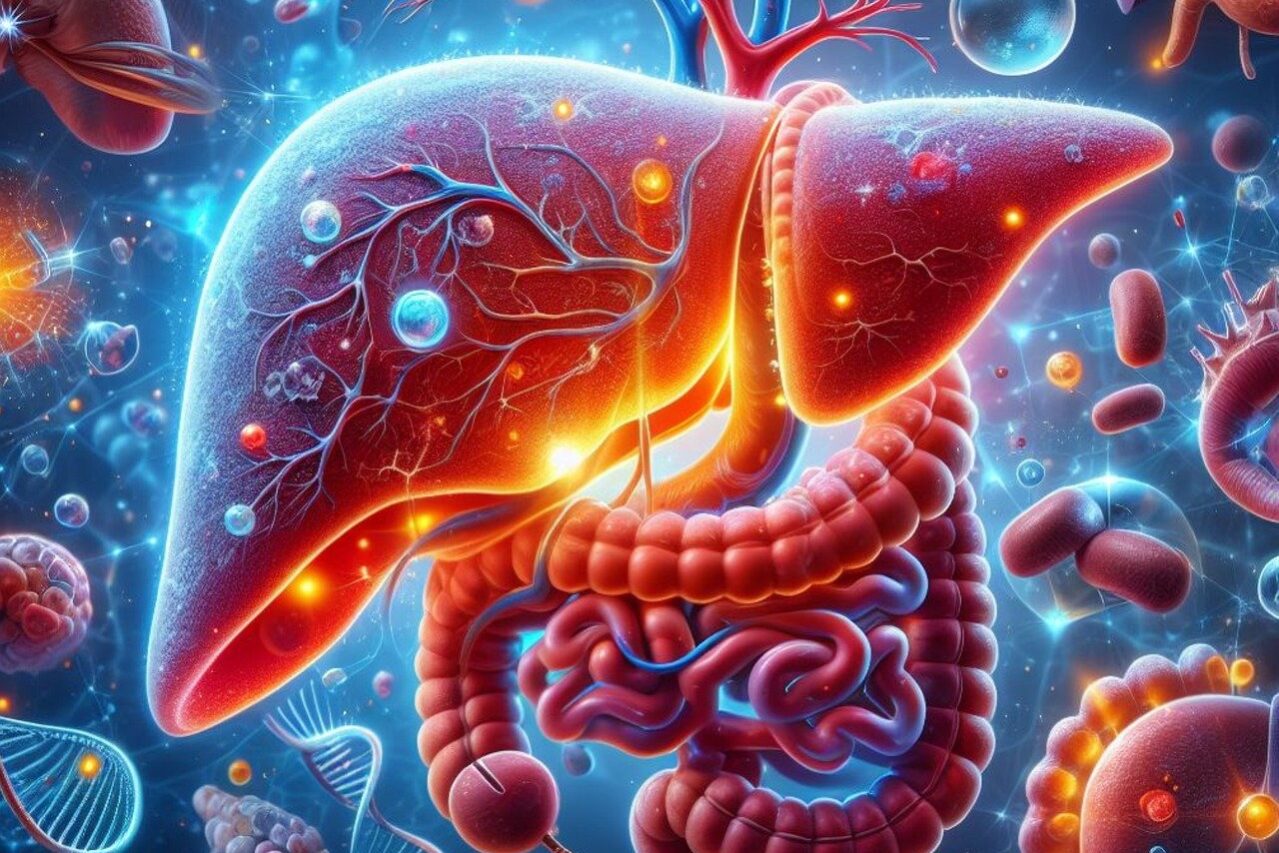Patients suffering from fatty liver and alcoholic liver disease are becoming more common. Experts warn that alcohol consumption in Spain is considered the most common cause of chronic liver disease
The 83rd Congress of the Spanish Society of Digestive Pathology (SEPD), has dedicated an important space and interest to liver health and pathologies. In this scenario, specialists have highlighted the impact of the two most prevalent liver diseases in our country and the Western world, metabolic – also known as fatty liver – and alcoholic, warning that its growth in recent years and the absence of symptoms until the final phases make them two “silent epidemics”.
Faced with this reality, and the absence of effective pharmacological treatments , emphasis has been placed on the need to promote “healthy” measures to combat them: losing weight, playing sports, a healthy diet and reducing alcohol consumption, among others.
As explained by María Casado , president of the Spanish Digestive System Foundation (FEAD), “fatty liver is strongly associated with overweight and diabetes and its incidence is increasing dramatically in recent years. In fact, it currently affects to a quarter of the Spanish population and an increase is expected”.
But there is still more compelling data: “One of the most alarming aspects is that it is increasing in childhood , so that between 30 and 80% of the pediatric population with excess weight suffers from fatty liver.” Casado has highlighted that, according to hepatologists , it is a “silent epidemic” because it is very frequent, it is increasing and ” it does not show symptoms until very advanced stages .”
What are the keys to this boom? For the expert, the disease is linked to unhealthy lifestyle habits , which include a sedentary lifestyle and an unhealthy diet (rich in fat and abuse of fast food) and the increase in this lifestyle is causing its greatest impact. But precisely the fact that these factors are “addressable” is a reason for optimism for experts. “It is a disease that can be prevented in such a simple way by promoting healthy lifestyle habits in the population,” commented Casado.
For this reason, the FEAD has launched this year the campaign A healthy life for a healthy liver , focused on transmitting information and raising awareness among the general population about what fatty liver is , what its consequences are on health and how to avoid it. banishing a sedentary lifestyle and opting for a healthy or Mediterranean diet.
The expert has insisted that the approach focuses on trying to avoid the factors that are associated with fatty liver (overweight, obesity and diabetes), since currently, although there are many lines of research and development and clinical trials, “there is no treatment pharmacological agent authorized in Europe for its treatment”. In her opinion, ” it will be years until we have a drug available to slow the progression or improve the prognosis of this disease.”
However, positive steps have already been taken in non-alcoholic steatohepatitis , a type of fatty liver that can progress to cirrhosis and the need for a transplant. In fact, Casado pointed out, “drugs have been developed that reduce inflammation and fibrosis in these patients and one of them has just been approved in the United States” – it is resmetirom , whose commercial name in the US is Rezdiffra -.
ALCOHOL LIVER DISEASE
The specialist has put another piece of information on the table that is as conclusive as it is alarming : 6% of the Spanish population has an alcohol consumption disorder, with a higher incidence in the male population. Of these, 20% will develop alcohol-related liver disease, which will “silently” progress to end-stage liver disease or liver cirrhosis – alcohol consumption is responsible for 70% of cirrhosis cases in men and more than 50% in men. women. Furthermore, this disease will be responsible for the death of one in eight men and one in twelve women who suffer from it.
Regarding addressing the problem, Casado has pointed out: “At the FEAD we want to inform and raise awareness among the population that pathological or harmful consumption of alcohol can lead to terminal liver disease. And with this we intend to promote the healthy habit of limiting their consumption”.
Once the disease is established, there is only one treatment: abstinence. ” The liver is very grateful and if, before reaching the final, terminal stages, a patient with this disease stops drinking, in three months the organ can return to normal.” Again, the recommendations focus on “reducing alcohol consumption, a healthy diet, avoiding a sedentary lifestyle and losing weight.”
Regarding what is “tolerable” consumption, Casado has emphasized first of all that ” the safest consumption of alcohol is zero .” To visualize where the “danger” begins, he stressed that specialists “measure this consumption in average units – for example, a glass of wine or a beer – and when it is greater, and sustained over time, than two units of measure/day in women and four for men, is already considered harmful in the long term”.
Link: https://www.elmundo.es/ciencia-y-salud/salud/2024/06/18/667002f5e9cf4a1a528b45a6.html
Author: Enrique MezquitaValencia
date: Tuesday, June 18 2024 – 16:59
Source: Elmundo.es
Nutrigenomics Institute is not responsible for the comments and opinions included in this article






